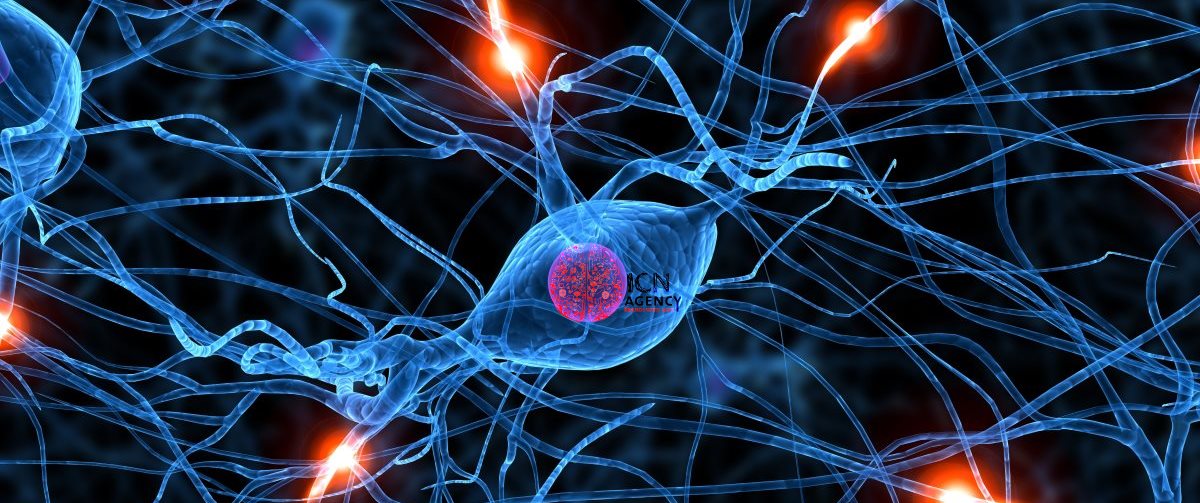By: Kate Cole-Adams | ‘I could hear things, and I could feel terrible pain’: when anaesthesia fails | Neuroscience | The Guardian
Anaesthesia remains a mysterious and inexact science – and thousands of patients still wake up on the operating table every year. By Kate Cole-Adams
When Rachel Benmayor was admitted to hospital, eight and a half months pregnant, in 1990, her blood pressure had been alarmingly high and her doctor had told her to stay in bed and get as much rest as possible before the baby came. But her blood pressure kept rising – this condition, known as pre-eclampsia, is not uncommon but can lead to sometimes-fatal complications – and the doctors decided to induce the birth. When her cervix failed to dilate properly after 17 hours of labour, they decided instead to deliver the child by caesarean section under general anaesthetic. Rachel remembers being wheeled into the operating theatre. She remembers the mask, the gas. But then, as the surgeon made the first incision, she woke up.
“I remember going on to the operating table,” she told me. “I remember an injection in my arm, and I remember the gas going over, and Glenn, my partner, and Sue, my midwife, standing beside me. And then I blacked out. And then the first thing I can remember is being conscious, basically, of pain. And being conscious of a sound that was loud and then echoed away. A rhythmical sound, almost like a ticking, or a tapping. And pain. I remember feeling a most incredible pressure on my belly, as though a truck was driving back and forth, back and forth across it.”
Related: How science found a way to help coma patients communicate
